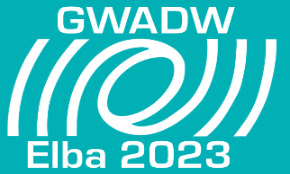Speaker
Description
Many cosmological and astrophysical observations point to the existence of ‘dark matter’ - an abundant substance of unknown origin which interacts very weakly with ordinary matter. Surprisingly, despite >$100M of investment and decades of intensive research efforts, dark matter particles have not yet been directly observed. This highlights the urgent need to develop and deploy new experimental approaches in the search for dark matter. One alternative is to use superfluid helium as a target material for dark matter collisions. To enable this capability, we must look to a separate field of research called superfluid cavity optomechanics which focuses on the optical control and measurement of phonons within superfluid helium.
Interestingly, in developing this new experimental platform for dark matter searches, we found it is also sensitive to high frequency gravitational waves. Here, I will outline the experimental configuration and approximate strain sensitivity of our proposed system, with the goal of instigating collaborations to help guide system modifications relevant to gravitational wave detection.

